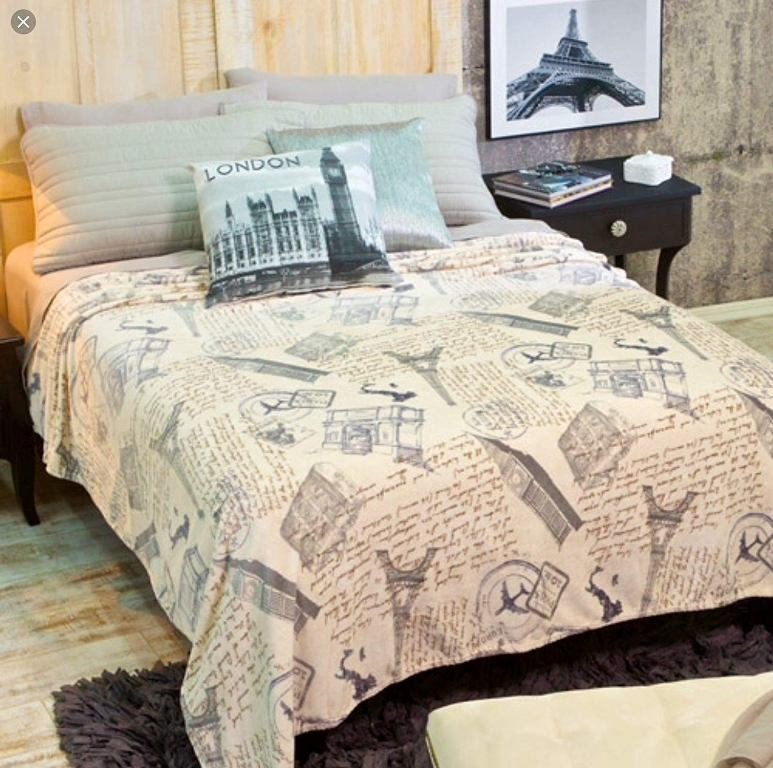Keeping your house warm in the winter can be expensive, especially if you’re still using an older oil-burning furnace that isn’t functioning at top performance. If your current system is over 20 years old, one of the best ways to save money is by replacing the system with a newer system that is more energy-efficient.
If you don’t have the finances to purchase a more energy-efficient furnace heating system, you might find yourself desperately searching for tips to reduce the cost of your oil bill. Consider trying one of the following methods as a way to save yourself money while also staying warm.
Buy good quality blankets
Sometimes, a good blanket is all that you need to keep the chill off. Keep blankets made out of a warm material (such as fleece, sherpa, or wool) throughout your house, especially in areas where you tend to hang out often, such as your bedroom or your living room. Whenever things start to get chilly, wrap yourself up in a blanket!
Seal up any drafts
Drafts in your home bring cold air inside, forcing you to turn up the heat to keep things warm. Common places for drafts include baseboards, under doors, and around window frames. Small gaps can be filled with caulk, while larger gaps should be sealed with spray foam. You can also use draft stoppers to stop cold air from entering under doors. Another common drafty area is the attic, which can make your entire home feel chilly. If your attic is the main culprit, you are first going to want to use insulation to seal up joint spaces and open cavities in the floor framing. Afterward, use caulk or spray foam to seal up smaller spaces.
Open up your curtains
A simple way to warm your house up is to open your windows during the day. This allows the sun to naturally warm up your house. Once the sun sets, you’ll want to close your blinds and curtains to help keep the heat inside your house. Consider using blackout thermal shades to add extra insulation.
Maintain the temperature of your house
A common mistake homeowners make is turning the heat down when they aren’t home. They think not having the heat on helps lower the energy use, therefore lowering the energy bill. However, when they get home and turn the heat back up, their heating system has to work harder to heat the house back up to a comfortable level, therefore increasing their energy use. Maintaining the house as a consistently warm (but not hot) temperature is better than continuously turning your heat on and off. Keeping the temperature somewhere between 65 and 68 degrees F is ideal.
Cozy up your floors
Certain types of floors, such as hardwood and tile, tend to get really cold during the winter months. To help add further insulation, consider adding throw rugs throughout your house. This can help make walking across the floors of your house less chilly! Even if you have carpets, adding rugs can help add an extra layer of warmth to your house.
Invest in electric panel heaters
If you’re working to maintain a consistent temperature in your house, but still aren’t warm enough, consider taking off some of the chills with an electric panel heater. Electric heaters are perfect for when you need to warm up specific rooms but don’t necessarily want to turn the heat up throughout the house. They function similarly to a space heater but have a slimmer design.
They also come with specific features, such as the ability to program the heater to turn on at a specific time or the ability to control the heater from your smartphone. While heating your entire house solely with electric panel heaters could be expensive, they’re a great option to help support your current heating system.
Block off any unused rooms
Finally, another way to reduce the cost of your energy bill is to keep the heat where it is needed most. If you have an unused room or a room that is only used on special occasions (such as a guest bedroom), consider closing the door of that room or closing off the vents in that room. There is no need to keep it heated if nobody is using it.
Final thoughts
Small changes can make a big difference! As the days grow colder, starting using a combination of the above tips to help keep you and your house warm. Don’t let the outside temperature follow you indoors.





















